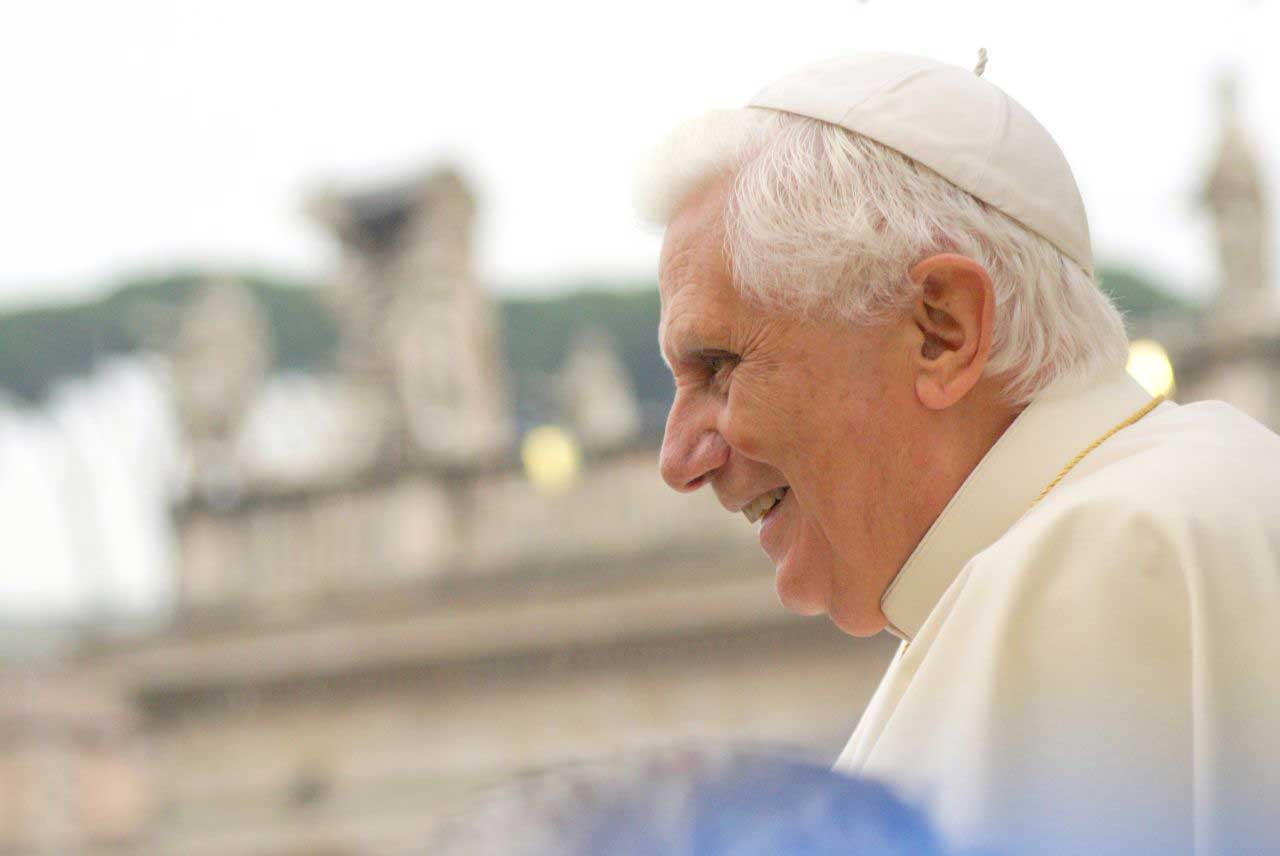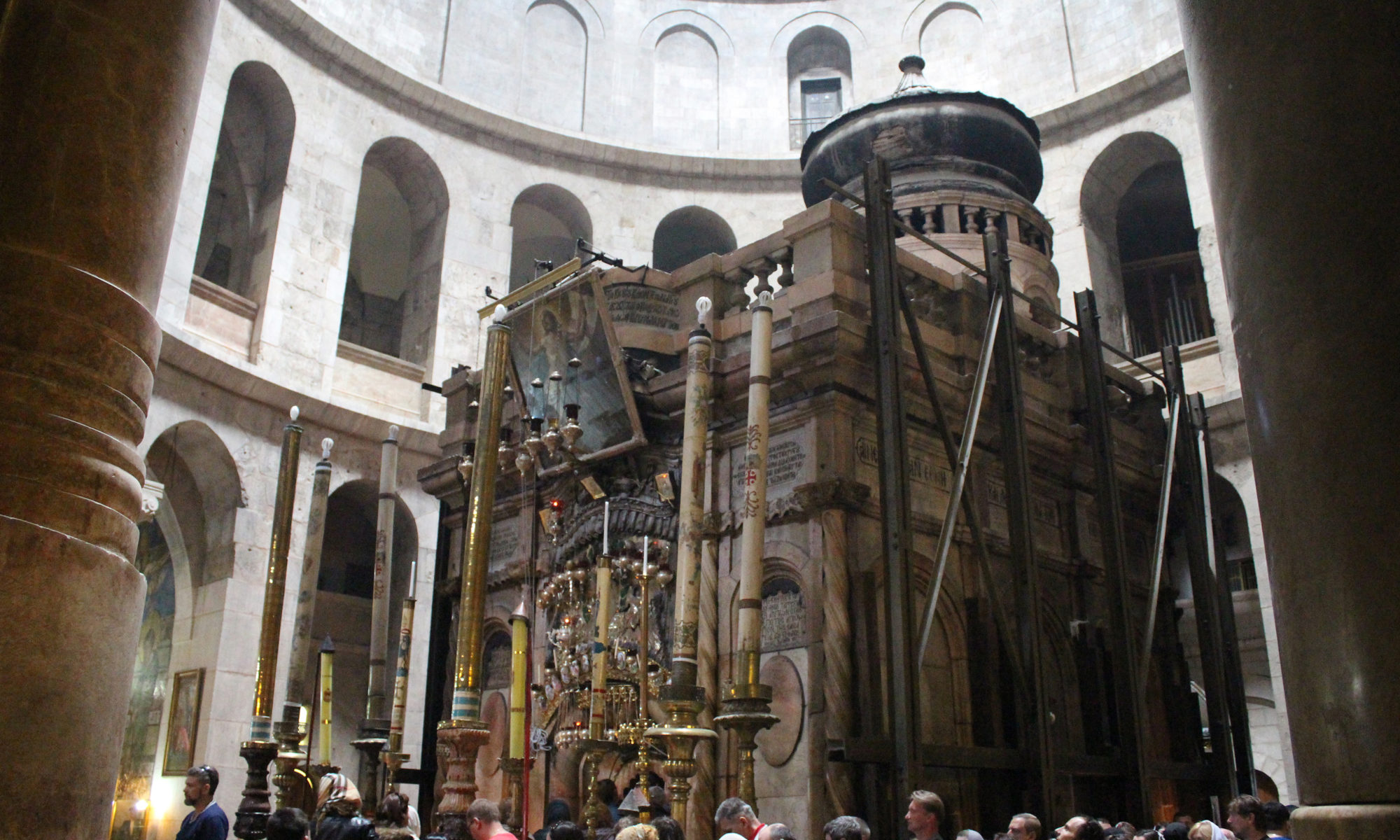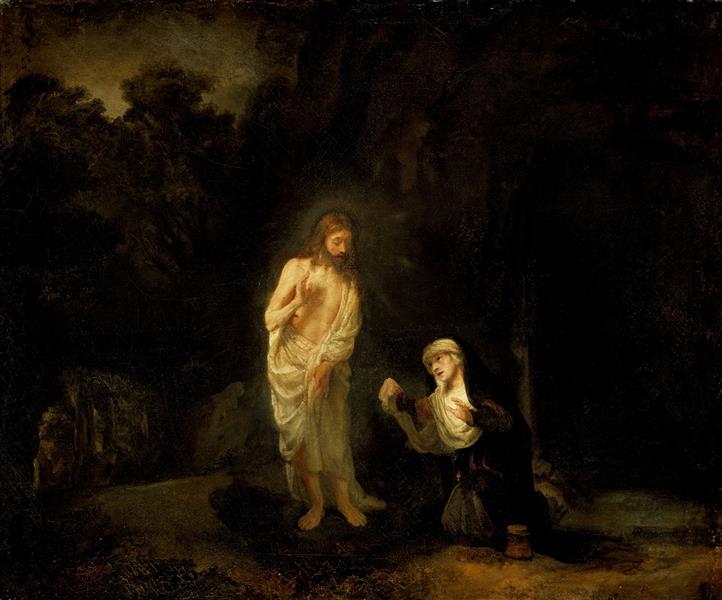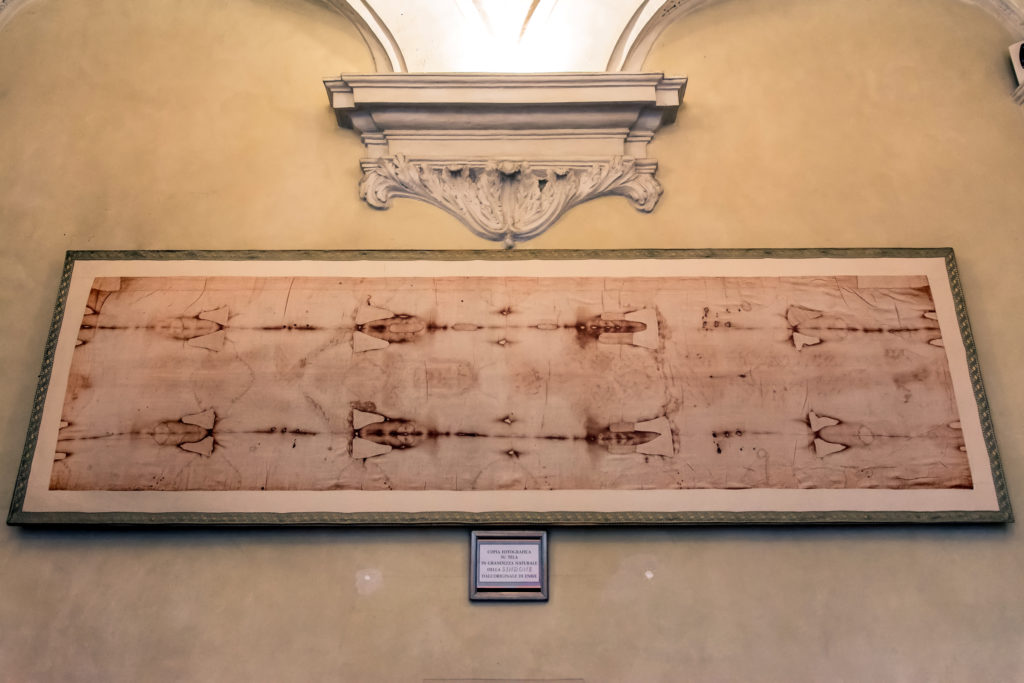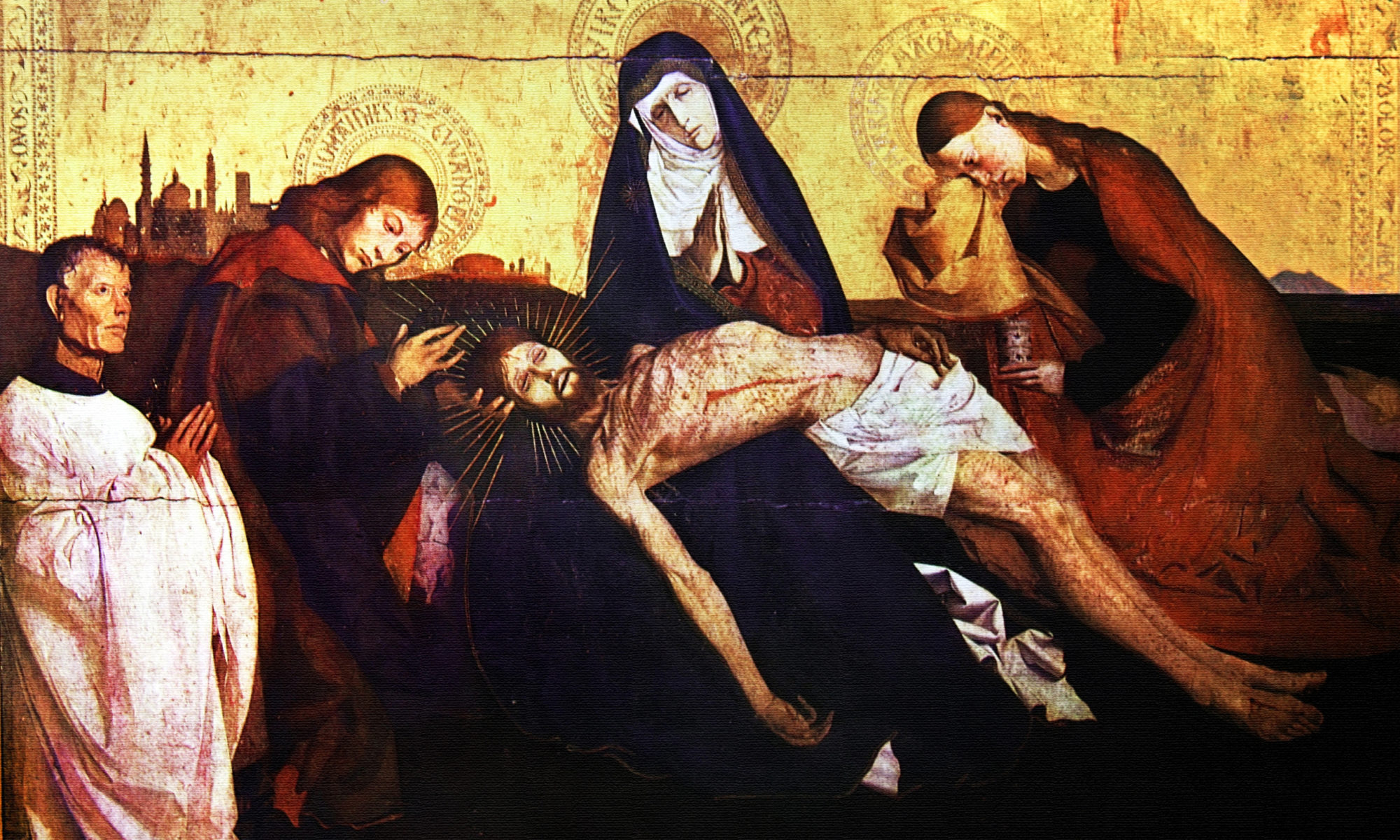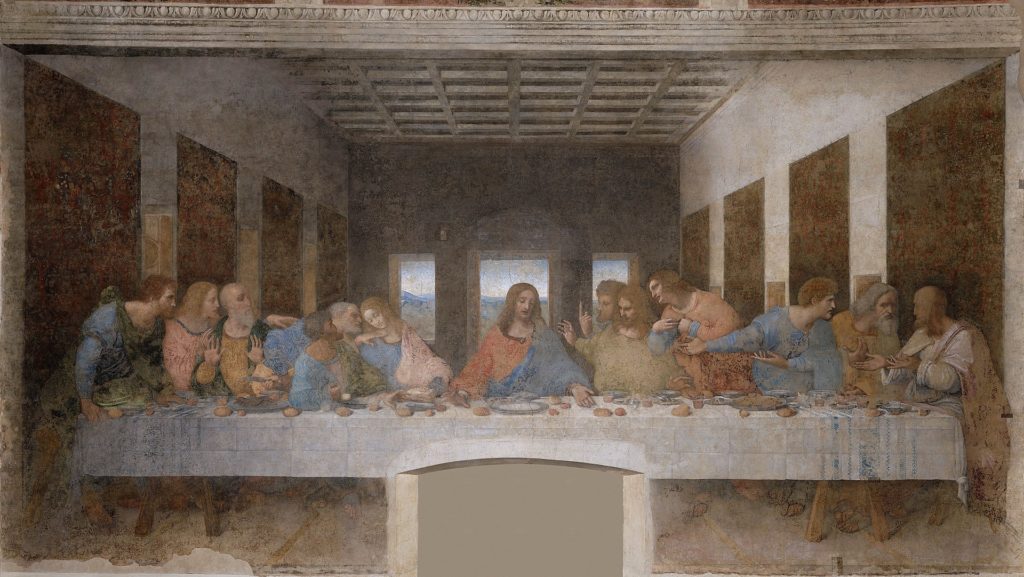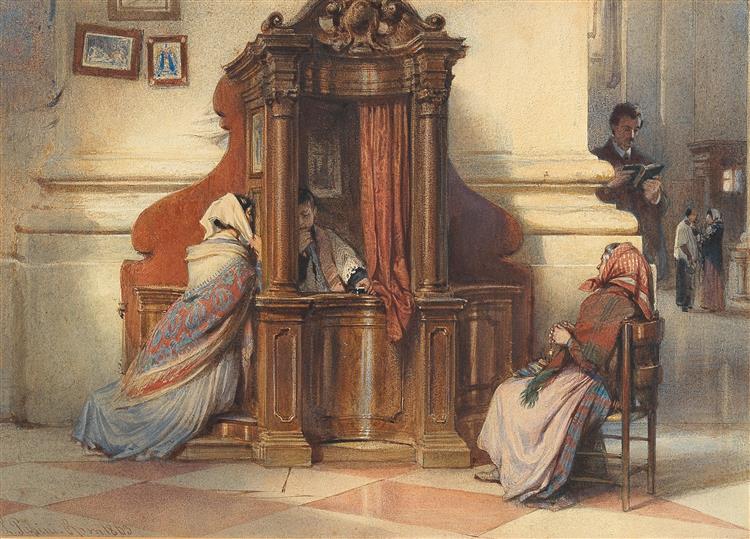On April 19, 2023, New Liturgical Movement published the following (in an article written by Gregory DiPippo) in memory of former Pope Benedict XVI:
“Today is the first time that we mark the anniversary of Benedict XVI’s election to the Papacy in 2005 without having him among us in this world: a good day to offer a prayer for his eternal repose.
Deus, qui inter summos sacerdótes fámulum tuum Benedictum ineffábili tua dispositióne connumerári voluisti: praesta, quáesumus; ut, qui Unigéniti Filii tui vices in terris gerébat, sanctórum tuórum Pontíficum consortio perpétuo aggregétur. Per eundem Christum, Dóminum nostrum. Amen.
God, Who in Thy ineffable providence, did will that Thy servant Benedict should be numbered among the high priests, grant, we beseech Thee, that he, who on earth held the place of Thine Only-begotten Son, may be joined forevermore to the fellowship of Thy holy pontiffs. Through the same Christ, Our Lord. Amen.”
The Resignation of Benedict XVI
Benedict XVI, who resigned from the Papacy on February 28, 2013, remained in the Vatican as Pope Emeritus, and passed to his eternal reward on December 31, 2022, at the age of 95. Therefore, this year will mark the first time since Benedict XVI became Pope that he will be absent from the Vatican.
Even after Benedict XVI’s unexpected resignation, it was thought by conservatives and traditionalists that Benedict XVI might still, in fact, be the Pope.
Benedict XVI: popular among traditionalists and conservatives.
Benedict XVI was one of the longest-lived popes in history. He was multilingual, able to read not only ecclesiastical Latin but also ancient Greek and classical Hebrew. Perhaps Benedict XVI’s mastery of Latin helped him to appreciate the importance of the traditional Latin Mass, which he safeguarded and encouraged with his Motu Proprio Summorum Pontificum. He also left us many valuable books.
Benedict XVI’s sudden departure from office sent tremors through the Catholic Church and the faithful. It is no wonder that the unprepared faithful did not want him to step down. So, did some people want to believe that Benedict XVI was still Pope after the abdication drama, simply for sentimental reasons? Actually, the reasons are not so simple.
To an outsider unfamiliar with Catholicism, there would appear to be no doubt that Cardinal Bergoglio (Francis) is the current Pope. It would be hard for such an outsider to see how conservatives and traditionalists could arrive at any other conclusion. However, to one familiar with the details of Benedict XVI’s abdication, as well as the background behind it and the events surrounding it, things are not so simple. From the point of view of Catholic doctrine, canon law, and precedent, the precise meaning of Benedict XVI’s status as ” Pope Emeritus” is not at all clear.
Why did Benedict XVI step down?
First, the reasons for the Pope’s abrupt departure.
There are a number of factors that cannot be ignored that make one wonder if there was a reason for Benedict XVI’s abdication that could not be made public. On the other hand, it can be said that none of the various speculations about the reasons for the Pope’s departure are anything more than speculation.
Benedict XVI’s Retirement Announced on the Day of the Founding of Vatican City State
First, the official public announcement of Benedict XVI’s resignation was made on February 11. The statement reads (in part), “Due to my advanced age, I have come to believe that my strength is no longer adequate for the full exercise of the Papacy.”
February 11 was the date of the Lateran Treaty of 1929, by which the Vatican was recognized as an independent state. In other words, it is the day on which the Vatican City State was founded, with the Pope as its absolute monarch. Is it a coincidence that Benedict XVI announced his stepping down (or his forcible removal?) on such an important day?
I do not think it is a coincidence. It seems as if the Pope was signaling that his (theoretical) power as absolute monarch of the Vatican City State had been overthrown. If so, then who was really in charge? Could it have been someone involved in the Vatican banking scandal? If such was the case, it was the day that someone (or some group) involved in the Vatican banking scandal seized control of Vatican City and its king, the Pope.
The Vatican Bank Scandal and Benedict XVI
Power and corruption are inextricably linked, and the Vatican is no exception. Benedict XVI was the first pope to attempt to reform the Vatican Bank, which is rumored to have ties to criminal organizations. The Vatican Bank has been the subject of many dark rumors, including various theories about the mysterious death of Pope John Paul I, the Mafia, and the Freemasons. It is therefore believed by many that Benedict XVI’s reforms were stalled by people and organizations that were unfriendly to his intentions.
In addition, none of the allegations of money laundering, ties to criminal organizations, unaccounted money, etc. that should have been investigated in the Vatican bank scandal have been properly investigated; or, if they have been investigated, the results have never been revealed. The following is a summary of the complex and difficult-to-understand case, summarized from an article in the Financial Times on December 6, 2013.
Stop doing business with the Vatican Bank
It all started when, in the wake of the Euro crisis, the EU banking investigative body decided to investigate Deutsche Bank, JP Morgan (also in Germany), and UniCredit Bank (in Italy), all of which had business with the Vatican.
Upon learning of the investigation, the European banks under investigation reportedly warned the Vatican Bank that they might find themselves no longer able to do business with it. Soon after, UniCredit Bank, which was suspected of money laundering, became the first major institution to stop doing business with the Vatican Bank.
European investigators suspected that there was corruption in the Vatican Bank, but they could not investigate it directly, because the Vatican City is an independent state, and not a member of the E.U. So, investigators began to put pressure on several EU banks that do business with the Vatican.
Action taken by Benedict XVI
To remedy the situation, in 2009 Benedict XVI appointed a new head of the Vatican Bank, the Italian Ettore Gotti Tedeschi. He also invited MoneyVal (an organization that investigates allegations of money laundering) to investigate the Vatican Bank.
Although Tedeschi was well-liked by the Italian banking community, he did not get along well with many of the Cardinals. In May 2012, the directors of the Vatican Bank expelled him and accused him of money laundering. The Italian government subsequently investigated Mr. Tedeschi but did not charge him with any crime.
In March 2012, Germany’s JP Morgan withdrew from doing business with the Vatican.
MoneyVal’s investigation found that the Vatican Bank had a rating of 9 out of 16.
Vatican ATM Suspension and Sudden Resignation of Benedict XVI
Then, on January 1, 2013, the Vatican ATMs shut down. This happened because the Bank of Italy put pressure on Deutsche Bank, which held the right to operate the Vatican ATMs. The Bank of Italy sent a letter to Deutsche Bank, saying that the Vatican Bank was not compliant with international law, and questioning whether Deutsche Bank, by cooperating with the Vatican Bank, was engaging in illegal activity. Alarmed by this crisis, Deutsche Bank decided to suspend the operation of Vatican ATMs.
To resolve the problem, Benedict XVI appointed a German, Ernst von Freyberg, as the new head of the bank and a Swiss, Rene Bruelhart, as the Vatican Finance Regulator. Mr. Bruelhart then asked the Aduno Group, a Swiss bank unaffiliated with the EU, to operate the ATMs. Then, On February 11, Benedict XVI abruptly announced his resignation. The next day, February 12, the contract with the Aduno Group was finalized, and the ATMs began functioning again.
Swiss banks are known for their extremely high level of secrecy. To this day, Aduno holds the right to operate the Vatican ATMs, keeping them out of the reach of the EU. In addition, a Frenchman, Jean-Baptiste de Franssu, was appointed by Pope Francis on July 9, 2014, as the head of the Vatican’s bank, a position he holds to this day.
Benedict XVI decides to step down after a mystical experience?
According to an article in the Guardian dated August 21, 2013, Benedict XVI decided to step down after a mystical experience, after which he decided to devote his life to prayer. According to the Guardian, the news was reported by the news agency Zenit. Zenit, which was said to be the source of the information, temporarily ceased operations in December 2020. It now appears to be back in business, but I was unable to find the article attributed to that source.
On the other hand, CNA (Catholic News Agency), in an August 27, 2013 article, denies that Benedict XVI stepped down due to a mystical experience. In the article, Benedict’s personal secretary, Archbishop Georg Gänswein, is quoted as saying that the story was “fabricated from alpha to omega.”
Compared to Archbishop Gänswein and CNA, an anonymous source and a missing Zenit article have little credibility. The story of Benedict XVI’s “mystical experience” is probably nothing more than a myth.
image of Benedict XVI from Turn back to God

